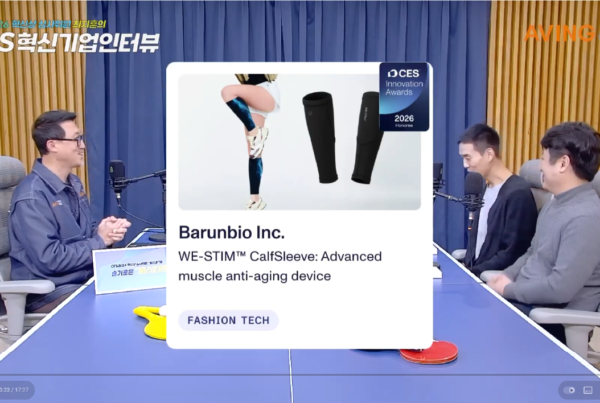The research team at Barunbio Inc., in collaboration with Professors Lee Sang-min of Chung-Ang University and Hong Jin-kee of Yonsei University, has developed a groundbreaking hair loss treatment method that utilizes electric fields generated in everyday life. Their study, titled “Human Activity-Driven Self-Powered Hair Follicle Stimulation System,” was published in the prestigious journal ‘Nano Energy,’ which had an impact factor of 19.069 last year, as announced on the 27th.
Hair loss, a condition humanity has yet to conquer, has been the focus of numerous global research efforts, yet existing treatments have been plagued with various problems, including side effects.
The Barunbio team focused on the alternating current (AC) electric potential naturally discarded during various human activities, such as walking, running, and using charging electronic devices. This type of potential can be transmitted through the human body, exploiting the dielectric polarization of water molecules within the body, and can be used as a source of micro-electric stimulation energy.
Utilizing the wasted AC electric potential as a source of micro-electric stimulation energy, the team developed a “self-powered hair follicle stimulation system” that can be easily applied in everyday life without the need for batteries or electronic components.
This system uses conductive gels or hair accessory-based structures like hats to focus an electric field locally on target hair roots. It has been proven to promote the growth of hair follicle cells and its effectiveness in improving hair loss has been validated in animal models, marking a significant breakthrough in treating hair loss.
Professor Lee Sang-min of Barun Bio, the lead author of the paper, stated, “This research, conducted jointly with the teams of Professor Hong Jinkee from Yonsei University and Professor Lee Won-hwa from Sungkyunkwan University, shows promising results in overcoming the side effects of conventional drug treatments and the limitations of external battery-based electrical treatments. It demonstrates the potential for self-treatment of hair loss closely integrated with daily life.”
© Medical Today, All rights reserved. Reproduction and redistribution prohibited.



